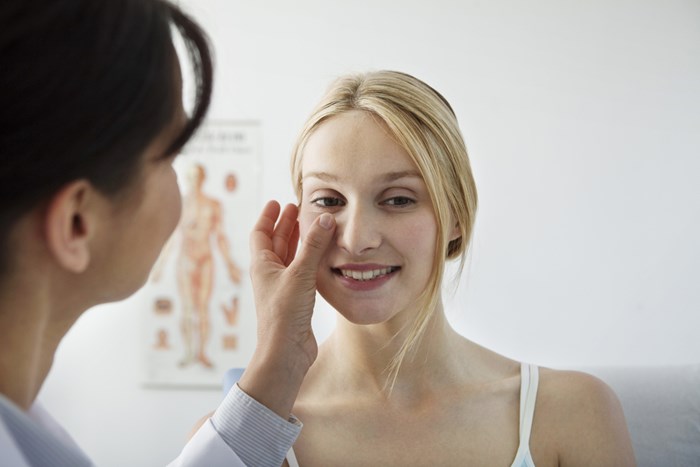Why Choose a Board-Certified Plastic Surgeon
Choose a board-certified plastic surgeon and be confident you are in the care of a highly trained surgeon you can trust.

Corrective rhinoplasty faces a host of unique challenges. First and foremost, the baseline of the nose has already been altered by a previous nose surgery, thus it is technically more demanding and generally results in longer recovery.
Medical literature in plastic surgery has suggested that the revision rate of rhinoplasty can be as high as 15 percent since it is one of the most difficult facial surgeries. For this reason, a prudent patient must scrutinize their surgeon's qualifications—e.g., training, experience and board certifications.
Should the patient require major correction after a primary nose surgery, most doctors treat it as more like a reconstructive procedure due to its complex nature. The goal is to improve nasal aesthetics, preserve normal breathing functions and deliver results that are in line with his goals and personal preference.
Despite best efforts from the surgeon, sometimes corrective rhinoplasty becomes necessary due to unexpected healing or changes in facial proportions. For a small subset of patients, a secondary surgery might also be needed due to the natural aging of their nose.
While there is no hard rule on how many times a patient can safely undergo rhinoplasty, it is important to note that each subsequent surgery can lead to more scar tissue, which has a significant impact on healing and cosmetic results. Thus a great surgeon knows how to avoid or at least minimize additional scarring.
A good number of patients seeking major corrective rhinoplasty both have functional and aesthetic issues, which are generally addressed by creating a strong underlying nasal structure. The use of grafts or "living tissue" harvested from other areas of the body—such as the septum or wall between the nostrils, bowl of the ear and rib—is a good way to achieve a stable framework.
The grafts collected from septum are believed to be the best material to create a stable nasal structure and to address a wide range of cosmetic and functional issues. However, some patients have theirs completely depleted during their primary nose surgery, so other donor sites are considered instead.
All efforts must be used to avoid another surgery. Thus good rapport and honest communications between the surgeon and patient are of utmost importance.
Board-certified plastic surgeons who routinely perform revision rhinoplasties are in the best position to execute these rather complex procedures. They understand that complete evaluation of the nose and review of the previous surgical techniques are critical steps to achieve satisfying results.
The views expressed in this blog are those of the author and do not necessarily reflect the opinions of the American Society of Plastic Surgeons.

